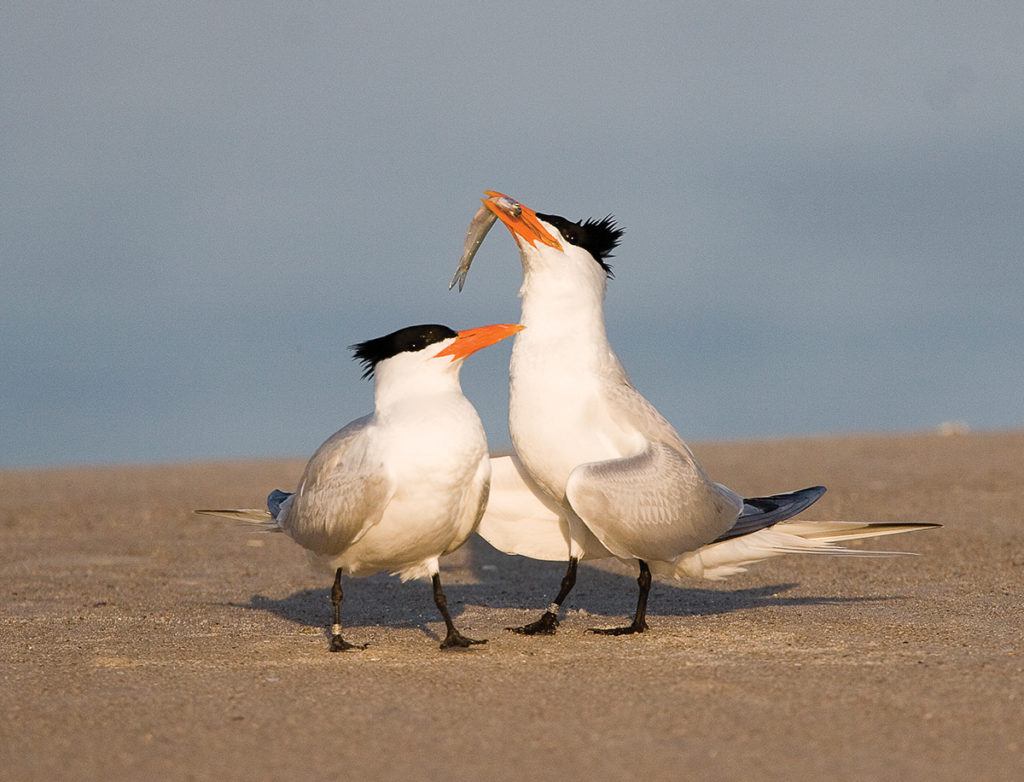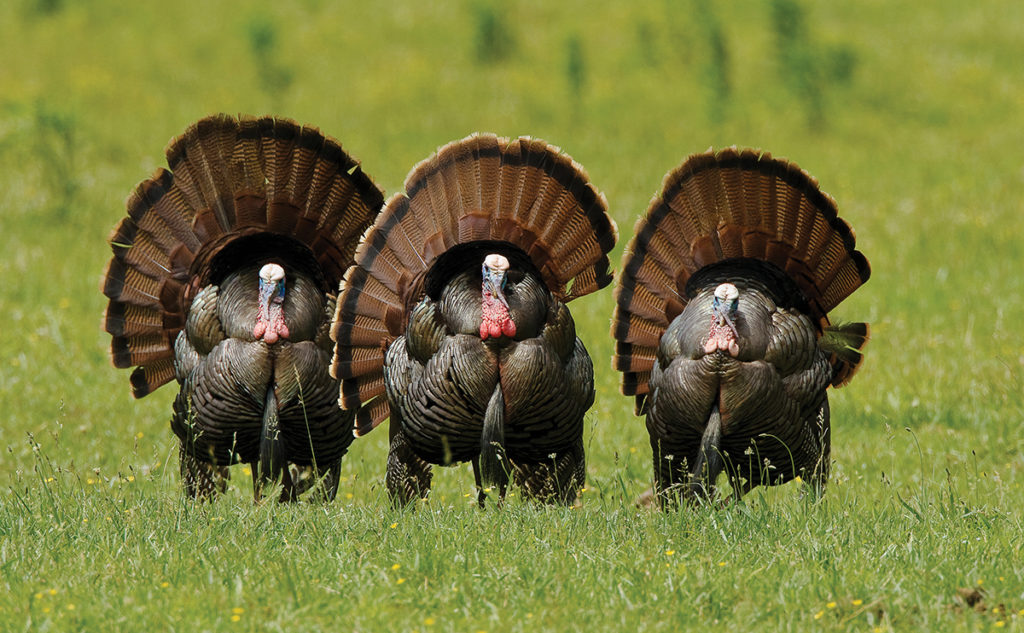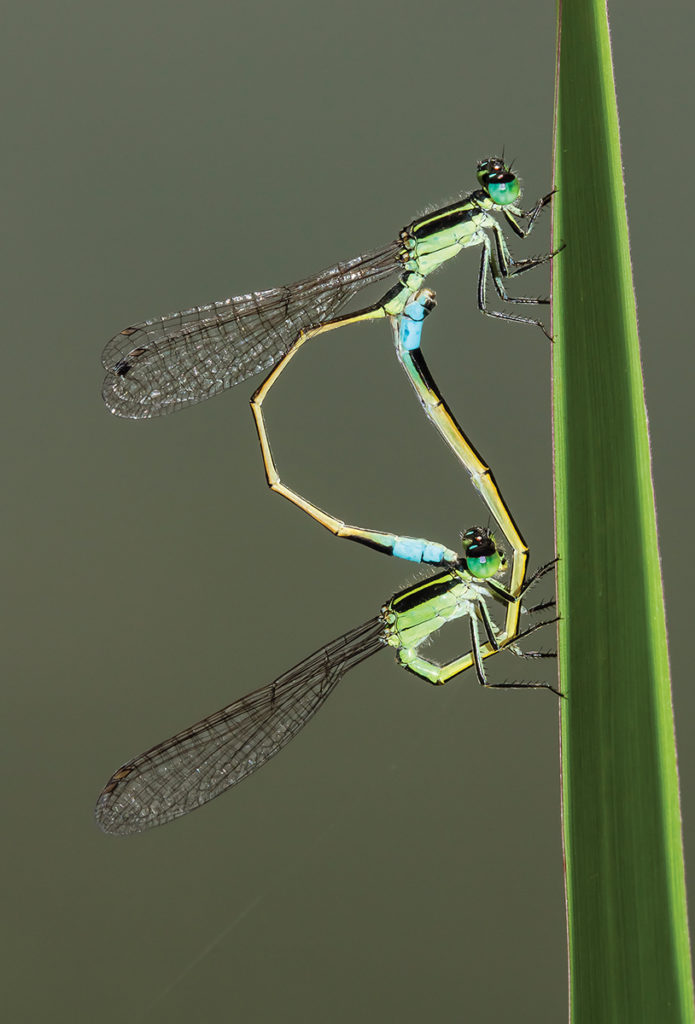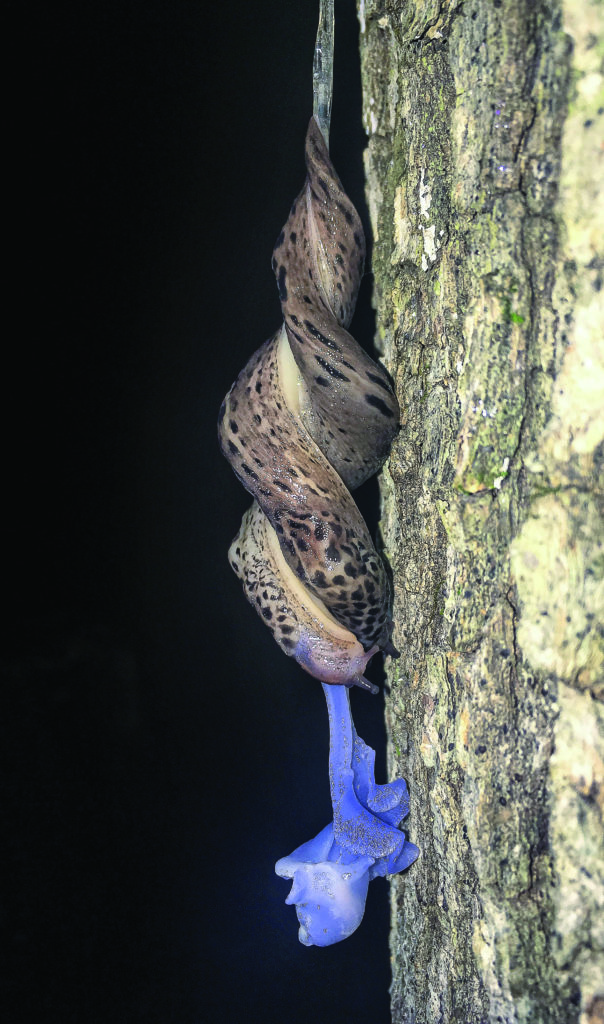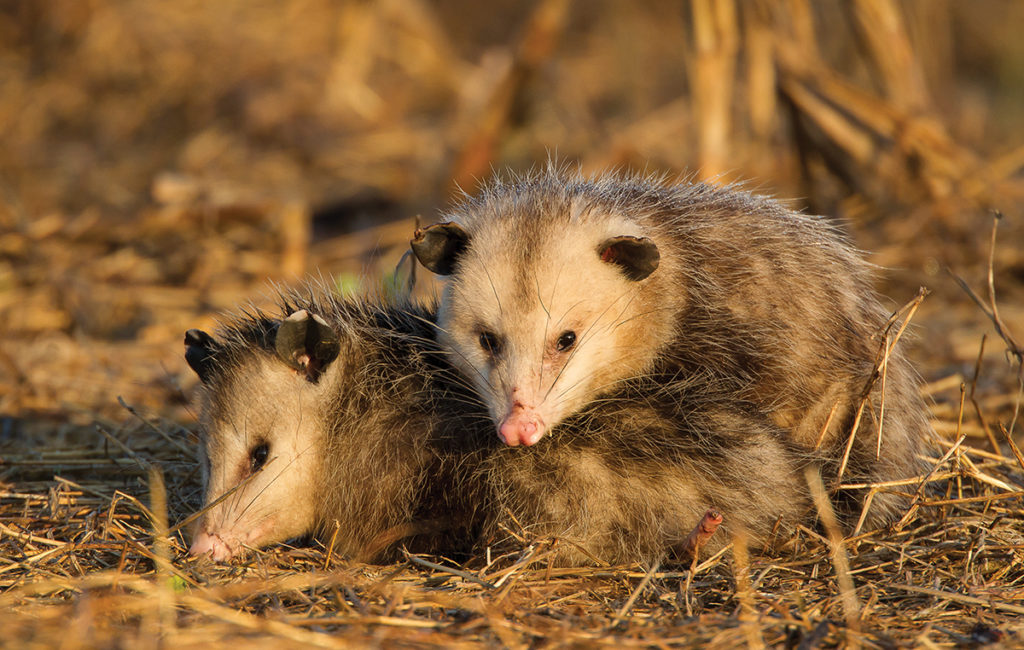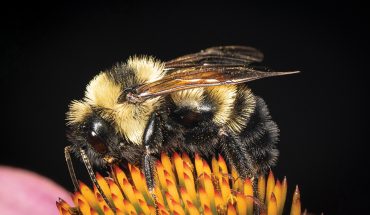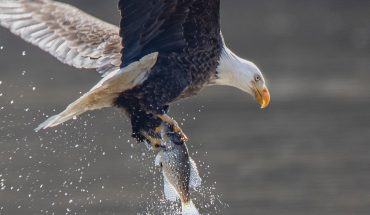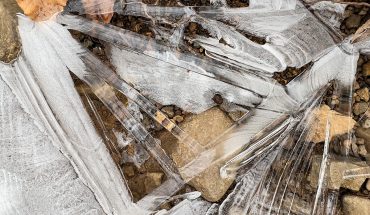How a few frisky mammals, insects and amphibians in North Carolina attract one another — and the surprising activities that happen next.
Words and photography by Mike Dunn
Ah, February… one of those months that few people put high on their list of memorable calendar moments. The holidays are past, your bank account hasn’t yet started to recover and spring still seems far away. But a close look at some subtleties of our natural world may lift your spirits a bit.
Early wildflowers are beginning to show hints of blooming, and some birds are starting to look for partners with a glint in their eyes.
Our most celebrated February event, Valentine’s Day, traces back to the Middle Ages, when it was commonly believed in France and England that Feb. 14 was the beginning of birds’ mating season. But the holiday’s origins also come from sources as varied as a Roman pagan ritual of fertility to the martyrdom (also on Feb. 14) of multiple men named Saint Valentine during the reign of Roman Emperor Claudius Gothicus.
But it was several centuries later that Geoffrey Chaucer (author of The Canterbury Tales) helped solidify the date as a time for romance. He penned “Parliament of Foules,” which included a phrase linking the sending of a love note to the time of year when birds begin considering amorous pursuits: For this was sent on Seynt Valentyne’s day / Whan every foul cometh ther to choose his mate.
European nobility picked up the idea and love letters for Valentine’s Day became a thing. And now look at us… we celebrate this day of romance by spending over $20 billion on cards, flowers, chocolates and a host of other gifts to express our love for one another.
That said, we’re not the only species that engages in gifts, rituals and romance in this otherwise dreary month. Our wild neighbors have some peculiar love habits, too. Let’s take a look at just a few of the ways that local wildlife woo a mate and seal the deal for reproduction. Warning: the rest of this story may be for mature audiences only!
First, a quick look at some avian amour. Most are familiar with bird songs, one of the key ways of wooing amongst our feathered friends. But birds also exhibit a variety of intricate displays, from the aerial acrobatics of the American Woodcock to the fanning tail feathers and struts of the Wild Turkey. Carolina Wren males often build a number of nests in their territory until one is chosen by the courted female as suitable. And, true to the spirit of the holiday, gift-giving is often part of bird courtship.
One spring on Bald Head Island, I watched Royal Tern males courting females, each with a fish in its mouth as a love offering. Once a receptive female was found, they strutted together for a while until she finally grabbed and gulped the gift. The pair then wandered off and consummated the relationship.
Sit next to almost any pond or waterway and you may be lucky to witness the unusual mating position of an Odonate dragonfly or damselfly. The anatomy of male Odonates is a bit odd: They have so-called secondary genitalia in the second abdominal segment just behind their thorax (where the wings are attached). Sperm is produced at the tip of their abdomen where their true genitalia are located.
Males then transfer the sperm to the second segment so females will have access to it in their mating position. Known as the “copulatory wheel,” it describes the circular or heart shape the two bodies create in the act.
A male will grab a female in flight, just behind her head, using paired claspers at the tip of his tail. They may fly in this tandem position for several minutes. If receptive, the female eventually raises the tip of her abdomen to come in contact with the male’s secondary genitalia, forming the wheel.
(Another oddity about the male is that the second abdominal segment contains what is the equivalent of an insect Swiss Army knife: a hodge-podge of bizarre appendages that, depending on the species, is suited to scooping out, tamping down or otherwise nullifying the sperm of any previous male suitors, thereby ensuring that his sperm will lead to reproductive success. To further enhance his chances, males will often guard the female, hovering nearby, or some damselflies hold onto the female while she deposits her eggs.)
One night while searching for caterpillars in the yard, I stumbled upon a mating ritual that I will never forget. Leopard slugs are large critters (up to 7 inches) that many gardeners despise because of their tendency to feed on favorite plants — and the fact that they produce copious quantities of slime for
protection and locomotion.
The slime also communicates readiness to mate. Leopard slugs are hermaphrodites, which means they possess both male and female reproductive organs. They can self-fertilize, but what’s the fun in that?
When the time is right, a slug leaves a chemical trail in its slime signaling its readiness. Another slug may pick up that trail, following the first. There is then a long bout of slug foreplay involving circling one another, nibbling and sliming sweet nothings. They soon climb a nearby vertical surface and entwine their bodies, dropping down on a mucus string.
They slowly rotate on their romance rope and extend their bright blue male organs out the right side of their heads (from a hole called a gonopore, just behind the tentacles). The blue organs entwine and change shape into a translucent cerulean chandelier over the next hour or so, exchanging sperm.
I found myself transfixed by this strange behavior, and sat out there watching it for over an hour (I know what you’re thinking…). When they finished, they slowly untangled, one crawling off on the tree trunk, the other slowly climbing the mucus love twine, consuming it as it went.
Both presumably wandered off to lay a couple of hundred gelatinous eggs.
I don’t know about them, but I was exhausted after all that. And to show you I am not the only one that thinks this is amazing, the famed British naturalist, author and filmmaker, Sir David Attenborough, introduced a scene of slug coupling in his BBC documentary Life in the Undergrowth by saying, “The mating of the leopard slug is one of the most sensuous film sequences you’ll ever see in your life.”
Lastly, I’ll share an observation on the love life of the lowly Virginia Opossum. I have been “fortunate” enough to run across mating possums three times in my woods wanderings over the years. Each time I noticed a behavior that I had read about and to this day still don’t quite understand — but more about that in a second.
Female opossums generally raise two litters per year, with the breeding season running from January through early summer. Males are known to make a peculiar clicking noise as they amble in pursuit of females. Females are only receptive for a short period of time and will hiss, click their teeth and threaten to bite if not ready.
When at last a male opossum does find a receptive female, he bites the fur on her neck and climbs on her back. He then grasps her hind legs with his hind feet and they both roll over on their right sides to copulate.
This is the behavior I have witnessed all three times I have seen it: the “right side roll.” Studies have shown that if for some reason the mating pair remains upright or falls over to the left, mating is less likely to be successful.
So, this Valentine’s Day, take comfort in the fact that a rose, a heart-shaped box of candy or a romantic card seem a lot simpler than what may be required out in nature.
This article originally appeared in the February 2023 issue of WALTER magazine.

